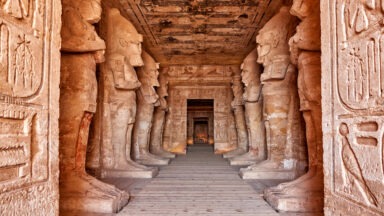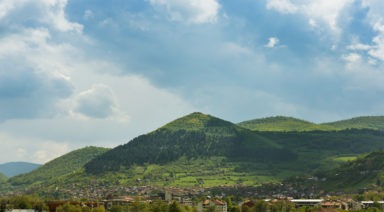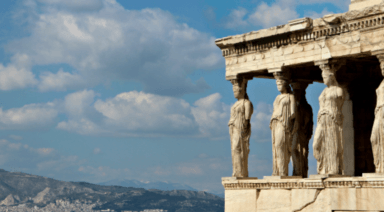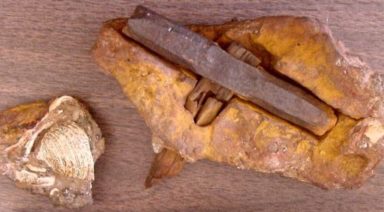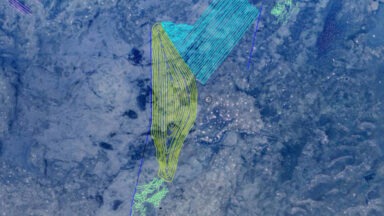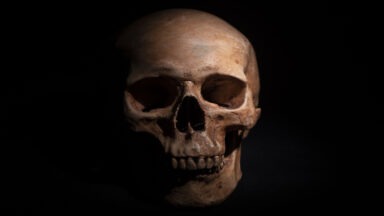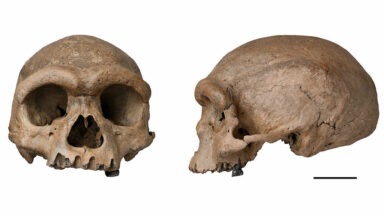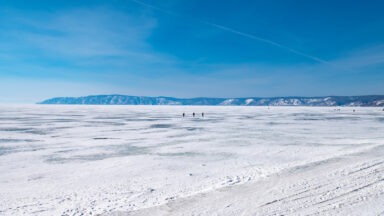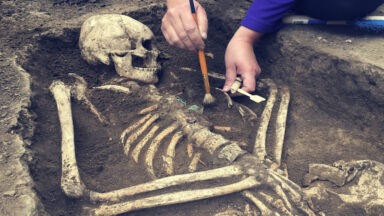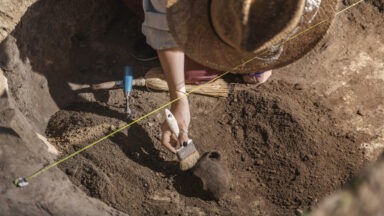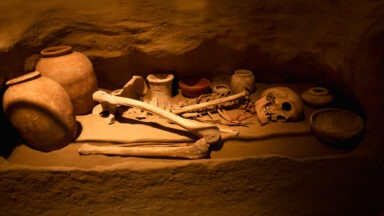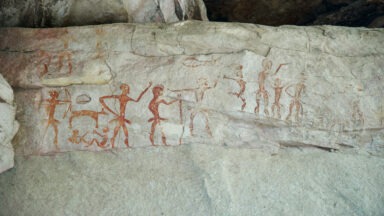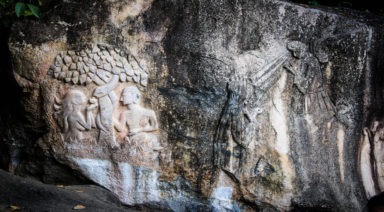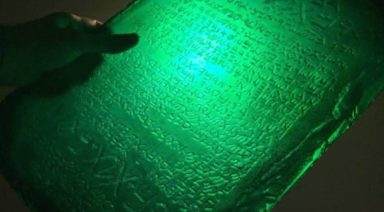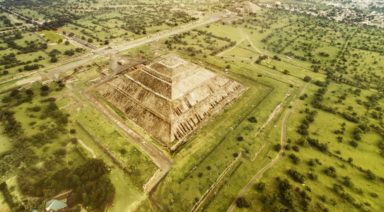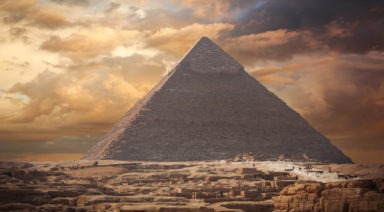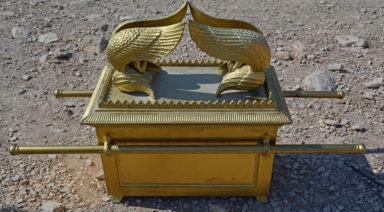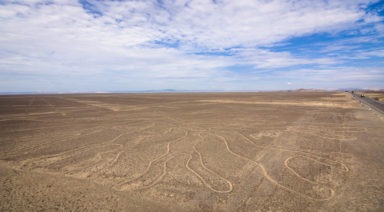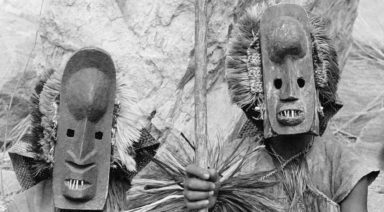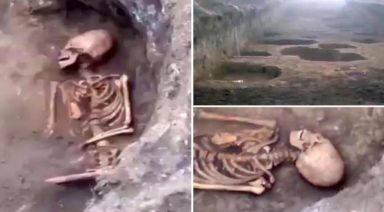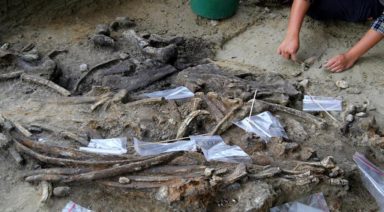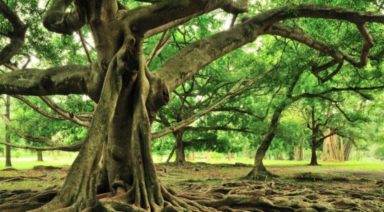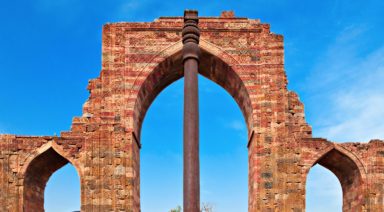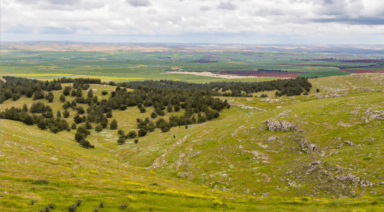Indonesian Pyramid May Be Definitive Proof of a Lost Civilization
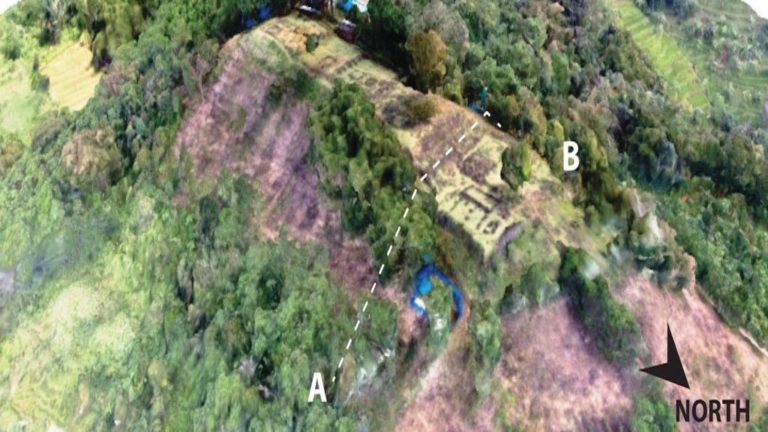
A massive pyramidal structure on the Indonesian island of Java was found to be man-made, after drilling samples returned evidence of a hidden, subterranean temple below layers of vegetation and soil. The structure might predate the oldest megalithic site on Earth, Göbekli Tepe, by millennia.
Though the pyramid has been known to locals as the Gunung Padang megalithic site for some time, it’s now being acknowledged by mainstream archeology as a possible “ancient temple.”
The pyramid is located atop Mount Padang in West Java, covered by a dense layer of trees and foliage that have amassed over the thousands of years since it was built. In addition to the tier of flora, a number of soil and rock layers have developed over the course of its history leading to its obfuscation and making it appear as if it might be a natural formation.
Danny Natawidjaja, Ph.D., a senior geologist for the Research Center for Geotechnology at the Indonesian Institute for Sciences, has been studying the pyramid for years, saying he believes it may be evidence of an ancient, lost civilization predating any we’ve known.
“Old stories about Atlantis and other great, lost civilizations of prehistory, long dismissed as myths by archaeologists, look set to be proved true,” Natawidjaja told Graham Hancock in a 2014 interview.
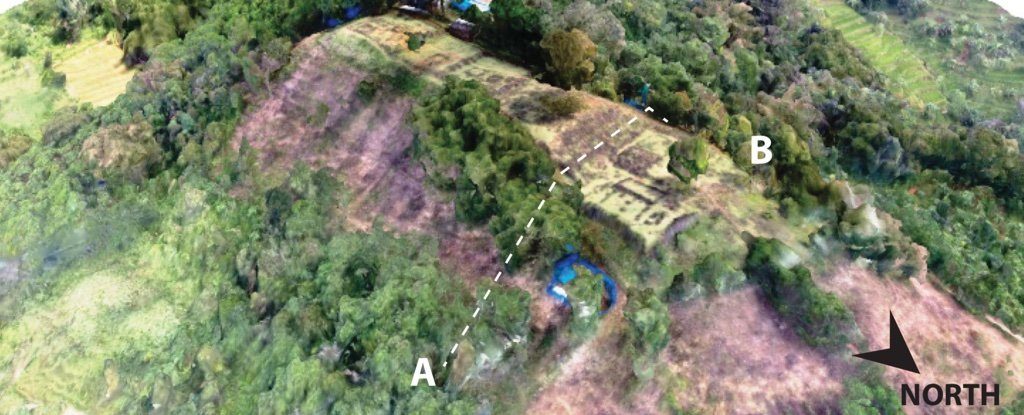
Natawidjaja and colleagues first noticed artificial signatures in the temple when comparing it to the eroded, natural landscape nearby. They also spotted particular characteristics in the basaltic standing stones atop the pyramid, that frame its stepped terraces. These can be found next to other rock columns and arrangements that form distinct walls, paths, and spaces clearly hinting at an anthropogenic origin. This layer alone dates back 3,500 years, with subsequent layers getting continually older the further archeologists dig.
In a recent report by LiveScience, Natawidjaja revealed the results of a study that incorporated ground-penetrating radar, x-rays, tomography, and core samples showing the pyramid’s age. The latest interest in his findings among the academic community may encourage the Indonesian government to allow further excavation – something it’s been averse to in the past.
“Underneath the surface, to a depth of about 10 feet (3 m), was a second layer of similar rock columns, thought to be 7,500 to 8,300 years old. And a third layer, extending 49 feet (15 m) below the surface, is more than 9,000 years old; it could even date to 28,000 years ago, according to the researchers. Their surveys also detected multiple chambers underground,”
Today, the top of the pyramid is used for prayer like it probably was thousands of years ago. And now that mainstream archeology is finally willing to accept that it is in fact, a man-made structure, we may be on the precipice of a true paradigm shift in our perception of human history.
For more on anomalous archeological sites around the world, check out Ancient Civilizations :
Ancient Initiation Practices for Transcending Reality
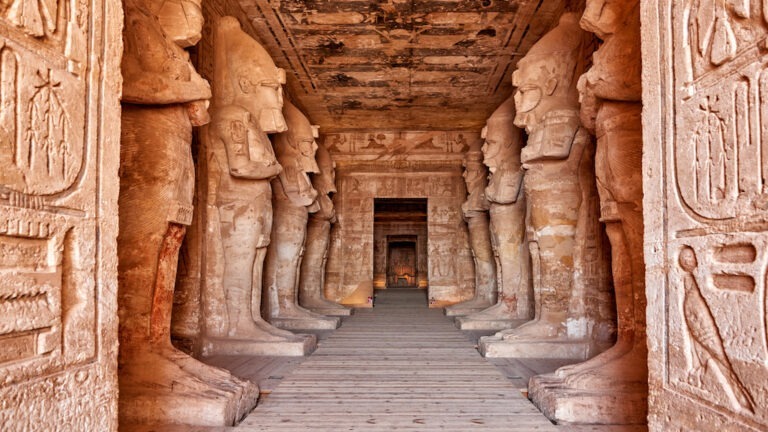
People around the world are waking up to a realization that there is more to life than meets the senses. There is a growing desire to know who we are, where we come from, and what we are capable of. While these aren’t new questions, advancing technologies and exploration of what constitutes consciousness may require us to ask these essential questions in a new way.
Are the Pyramids Doorways to Other Realities?
We’re now beginning to put the pieces back together that paint a clearer picture of our own history, and where some of our most mysterious discoveries come from. For instance, we’re finding answers to who built the pyramids and other advanced stone structures that are strategically built in very specific places of power around the world and aligned with extraordinary precision to constellations in the sky.
These ancient structures may hold the key to our evolving consciousness, access to other dimensions of space and time, and our ability to transform our reality. Matias De Stefano, host of Gaia’s original series, Initiation recalls details of the Atlantean civilization from his own memories and describes the technology they would have used to build the pyramids.
He remembers there being a single pyramid on the plateau during his lifetime in Khem, a colony of Atlantis around 12,000 years ago. It was the Sirian people, he says, who passed on their knowledge of how to construct and use the pyramids for connecting with the source of creation.
Matias says these ancient yet very advanced people knew how to use the pyramids to open portals to other times and transcend the third dimension. They practiced powerful initiation ceremonies to become keys that would connect with the consciousness of the planet and have access to all of the information stored throughout the universe.


